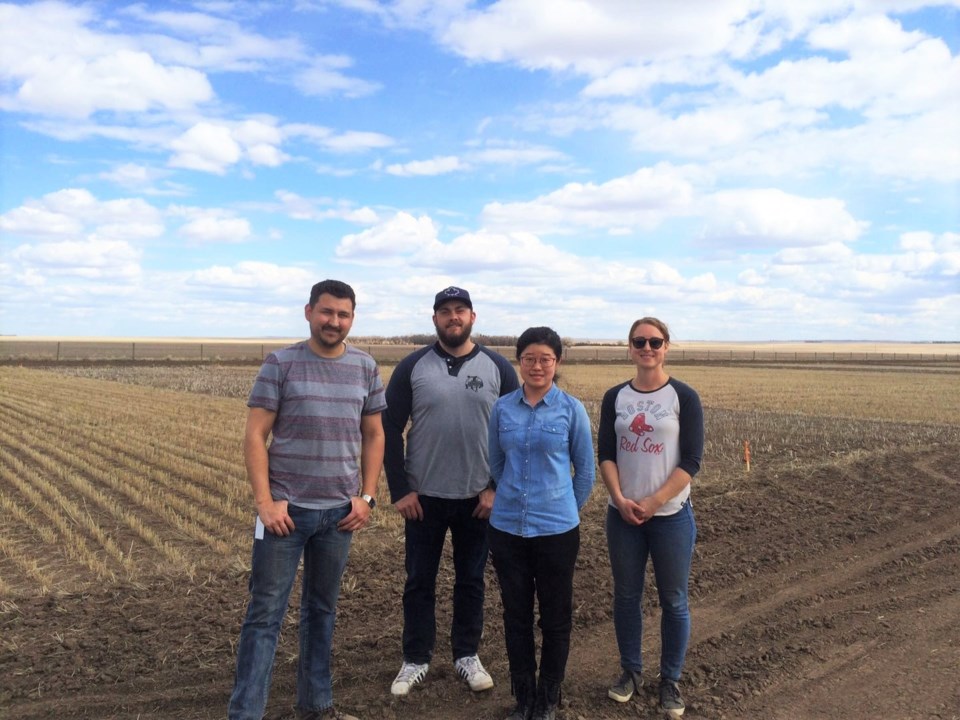A recently published research study conducted by Canadian and Chinese researchers revealed the importance of producers effectively managing their long-term fertilization practices. Through the study conducted in southern Saskatchewan, science is one step closer to discovering the ideal application rates of phosphorus fertilizer.
The team, comprised of researchers from Agriculture and Agri-Food Canada (AAFC) and China's Agricultural University in Beijing, conducted a two-year study based in Swift Current.
The group examined soil samples from a long-term plot. The soil samples were taken from plots established in 1967, with a fallow-wheat-wheat rotation. They had received fixed amounts of phosphorus since 1967, some plots with and without nitrogen fertilizer.
With the help of the Canadian Light Source, a research facility at the University of Saskatchewan that reflects light millions of times brighter than the sun, the team gathered detailed information about how fertilizing with nitrogen and phosphorus changes soil chemistry and phosphorus availability to crops.
Ph.D. Candidate, Shuo Chen from China's Agricultural University in Beijing, explained that long-term fertilization practices could change soil chemistry. This practice also impacted the forms of phosphorus in the soil and changed its cycling patterns within the soil. Chen elaborated that nitrogen fertilizer, in particular, increased soil acidity (by reducing pH).
Upon examining their results, the group shared that a better understanding of how phosphorus cycles in the soil will require further investigation.
The team indicated that extensive research into the topic is currently underway in other areas of Canada. Additional nitrogen and phosphorus fertilizer experiments are now being conducted, including lentil-wheat rotations, in Manitoba and Quebec with long-term nitrogen and phosphorus fertilizer experiments.
"I don't think anybody would argue with wanting to grow crops that are healthy and to optimize our production because the consumer benefits. But we want to do that in the most cost-efficient and environmentally sustainable way. That means balancing what the crop needs with making sure it has just enough, but not too much, fertilizer." Said Dr. Barbara Cade-Menun, a researcher with AAFC.
When asked what steps producers can take to optimize their soil health, Chen stated, "I think farmers need to optimize the nutrient application. In the manuscript, we indicate that farmers need to optimize their soil organic carbon to maximize yields."
Chen explained that it is essential for farmers in her native country of China to closely monitor their fertilizer use to limit adverse effects such as eutrophication. She explained that the overuse of fertilizer is only accelerating with the increase in population and growing demand for food.
Chen revealed that although the long-term effects of overapplication of fertilizer are not as widespread in Canada, farmers will need to continue to consider how to vary their application and implement natural fertilizers as well.
The research confirmed that maintaining soil health and maximizing crop yields through more controlled fertilizer use means producers will see the direct benefit through improved crop yields.




